Unveiling the Power of "Why": Crafting a Compelling Product Story

As an architect and interior design expert, I’ve seen firsthand how the right design can transform spaces and lives. But even the most stunning design is useless if it can’t communicate its value to the customer. The key to success lies in understanding the "why" behind your product or service. This isn’t just about listing features; it’s about weaving a story that resonates with your ideal customer’s needs and desires.
Let’s break down the process of crafting a compelling product story, focusing on features and benefits that truly matter to your customers:
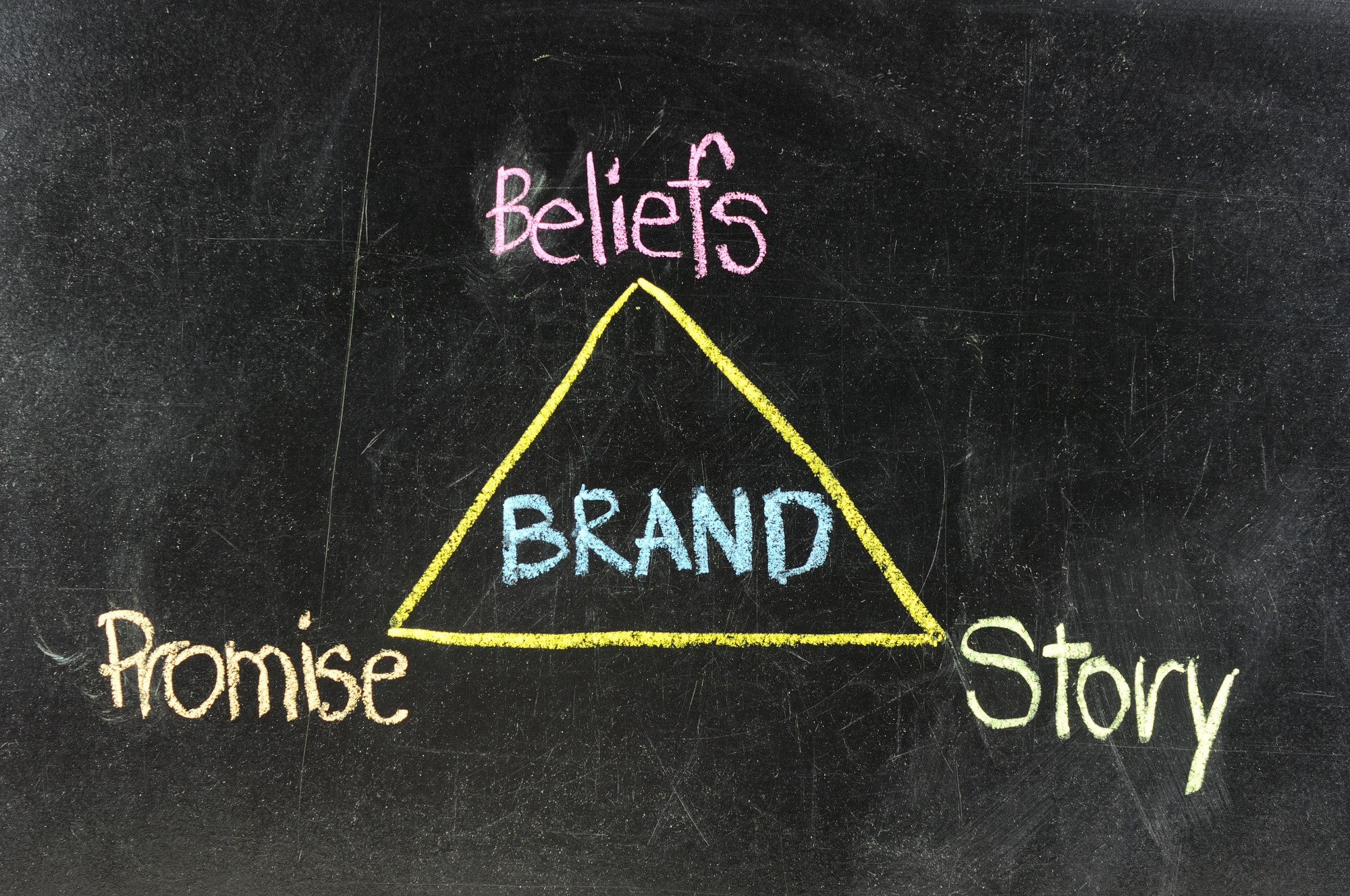
1. Know Your Audience: The Foundation of Effective Communication
Imagine you’re building a house. Before laying a single brick, you need a solid foundation. Similarly, before crafting your product story, you must understand your ideal customer. Who are they? What are their pain points, aspirations, and lifestyle?
- Define your target audience: This goes beyond demographics. What are their values? What are their hobbies? What kind of life do they want to live? For example, are you targeting busy professionals who value efficiency and minimalist design? Or are you aiming for families who prioritize comfort and functionality?
- Conduct thorough research: This could involve surveys, interviews, social media analysis, or market research. The more you understand your audience, the better equipped you are to speak their language.
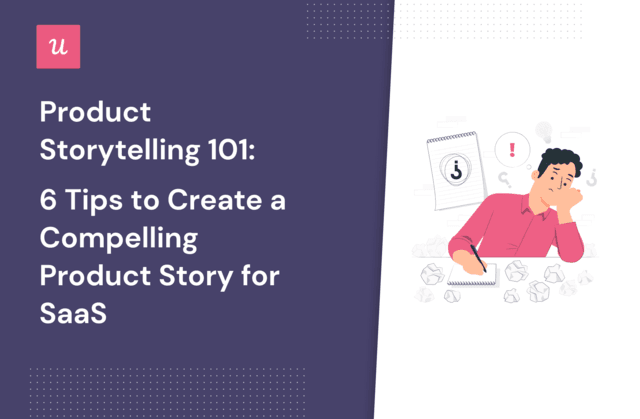
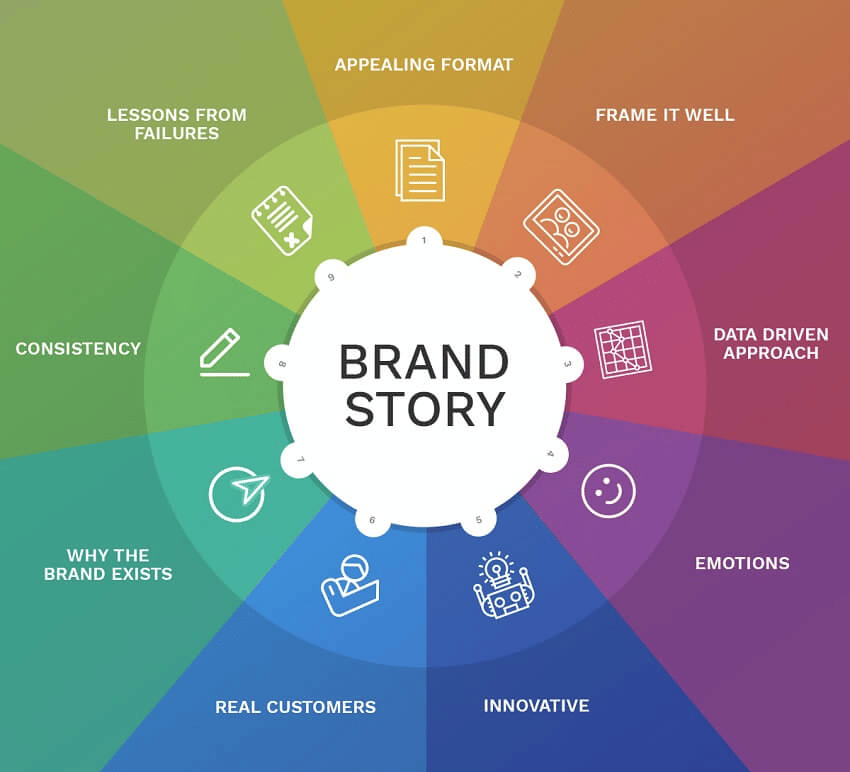
2. Identify Key Features and Benefits: The Building Blocks of Your Story
Now that you understand your audience, it’s time to focus on your product or service. What are its key features? How do these features translate into tangible benefits for your customer?
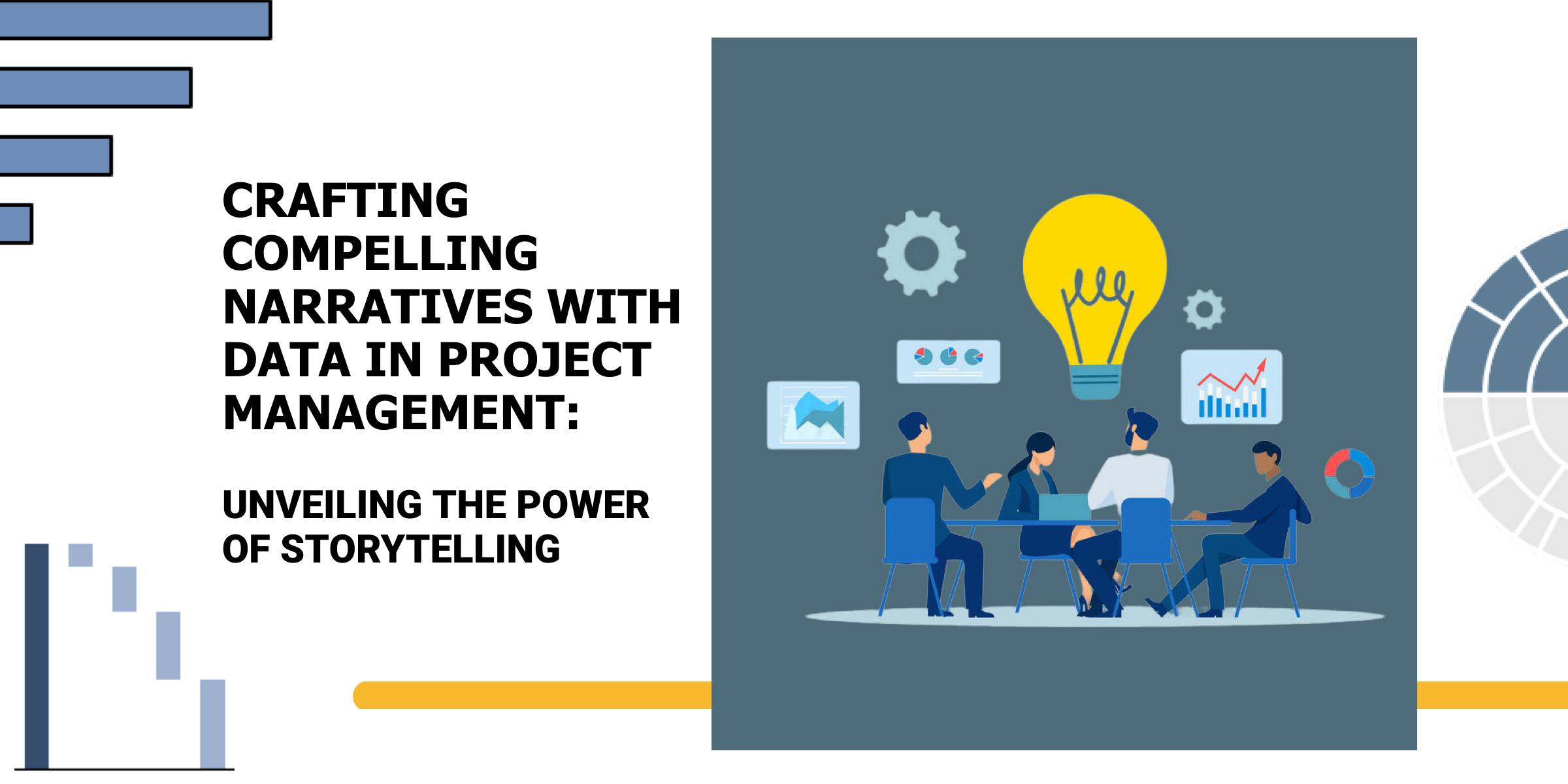
- Feature: A specific attribute or characteristic of your product or service. For example, a feature of a kitchen faucet might be its high-arc spout.
- Benefit: The positive outcome or advantage that a customer experiences as a result of using your product or service. For example, the benefit of a high-arc spout is that it makes it easier to fill large pots and clean dishes.


3. Connect Features and Benefits to Customer Needs: Building a Solid Structure

The magic happens when you connect the dots between features and benefits, and then tie them back to your customer’s needs and desires. This is where your product story comes to life.
Example:

- Product: A smart home security system
- Feature: Motion sensors that detect movement
- Benefit: Increased peace of mind and security for homeowners
- Customer Need: Feeling safe and protected in their home
- Story: "Imagine coming home to a safe and secure haven, knowing that your smart home security system is always watching over your family and belongings. Our motion sensors detect any suspicious activity, sending you instant alerts to your phone, so you can stay connected and worry-free."

4. Highlight Unique Selling Propositions (USPs): The Finishing Touches
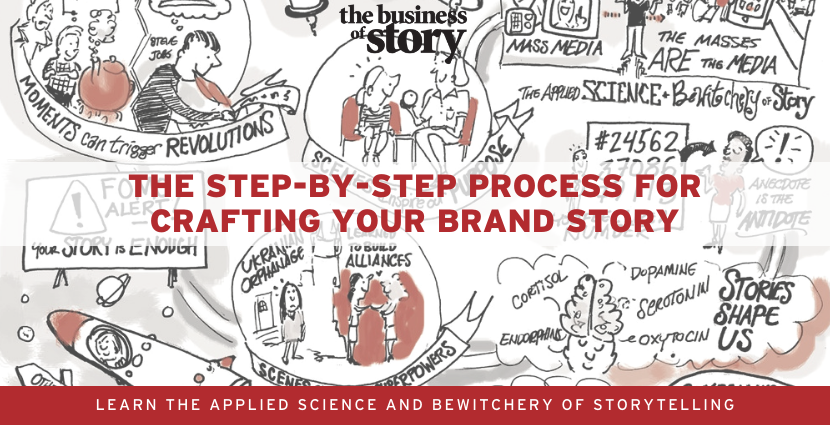
What makes your product or service stand out from the competition? This is your unique selling proposition (USP), the key differentiator that makes you irresistible to your target audience.
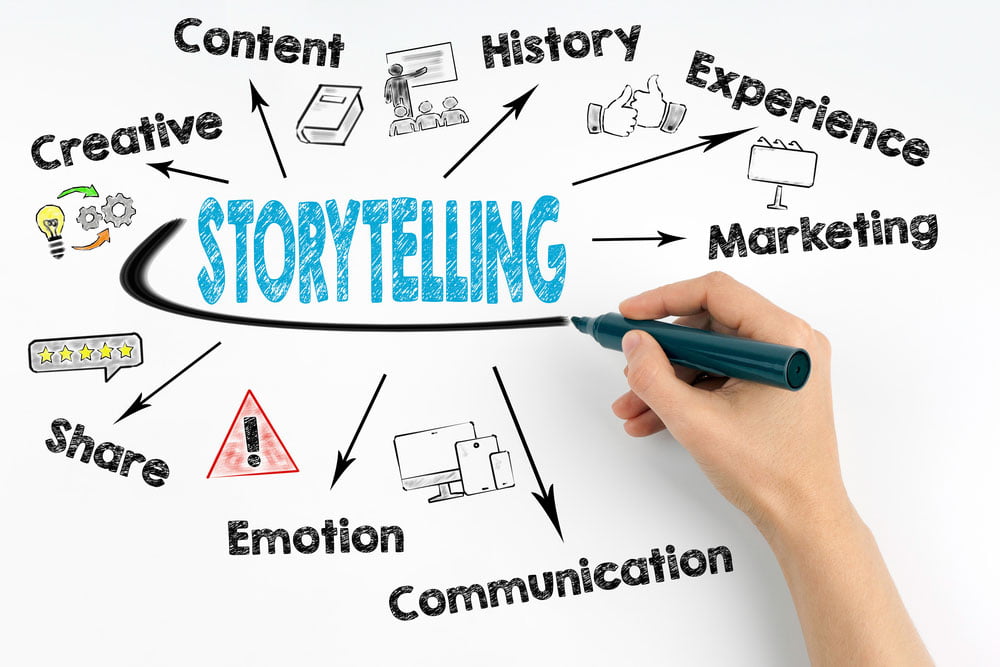
Example:
-
Product: A line of sustainable furniture
-
USP: Made with recycled materials and eco-friendly manufacturing processes
-
Story: "Our furniture is not just beautiful, it’s also good for the planet. We use recycled materials and sustainable manufacturing practices to create pieces that are both stylish and environmentally conscious. By choosing our furniture, you’re making a statement about your commitment to sustainability."
5. Use Powerful Language and Storytelling: Bringing Your Story to Life
Once you’ve identified your key features, benefits, and USPs, it’s time to craft a compelling narrative that engages your audience.
- Use vivid language: Instead of saying "This product is durable," say "This product is built to last a lifetime."
- Tell stories: Share real-life examples of how your product or service has benefited customers.
- Use emotion: Appeal to your audience’s hopes, fears, and aspirations.
- Keep it concise: Get to the point quickly and avoid jargon.
6. Visualize Your Product Story: The Power of Visuals
The human brain processes visual information much faster than text. Use images, videos, and other visual elements to bring your product story to life.
- Show, don’t tell: Instead of describing the features of your product, show them in action.
- Use high-quality visuals: Your visuals should be professional and appealing.
- Create a consistent brand aesthetic: Your visuals should reflect your brand identity and resonate with your target audience.
7. Embrace the Power of Testimonials and Social Proof: Building Trust and Credibility
Customer testimonials and social proof are powerful tools for building trust and credibility.
- Feature customer testimonials: Share positive reviews from satisfied customers.
- Showcase social media mentions: Highlight positive mentions of your product or service on social media.
- Use case studies: Provide detailed examples of how your product or service has helped customers achieve their goals.
Example:
- Product: A home organizing system
- Testimonial: "I used to spend hours searching for things in my cluttered home. But since I started using this organizing system, my life is so much easier. I can find everything I need in seconds, and my home is finally a relaxing and inviting space."
8. Continuously Iterate and Refine: A Never-Ending Process
The process of crafting a compelling product story is never truly finished. As you gather more customer feedback and insights, you can continue to refine your message and ensure that it remains relevant and engaging.
- Monitor customer feedback: Pay attention to what your customers are saying about your product or service.
- Track your results: Use analytics to track the effectiveness of your product story.
- Be open to change: Don’t be afraid to adjust your message based on new information.
By following these steps, you can create a compelling product story that resonates with your ideal customer and drives sales. Remember, it’s not just about what you sell, it’s about the story you tell.
Here are some additional tips for crafting a compelling product story:
- Start with a problem: What problem does your product or service solve? What are the challenges that your customers face?
- Focus on the benefits: What are the positive outcomes that your customers will experience as a result of using your product or service?
- Use strong calls to action: Tell your customers what you want them to do next.
- Keep it simple: Don’t overload your audience with too much information.
- Be authentic: Let your passion for your product or service shine through.
Remember, the key to success is to understand your audience, identify their needs, and then craft a compelling story that resonates with them on a personal level. By doing so, you can transform your product or service into a powerful tool for positive change.

